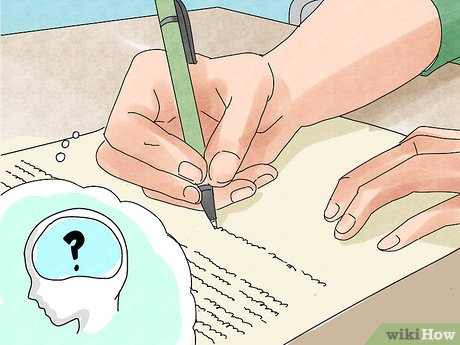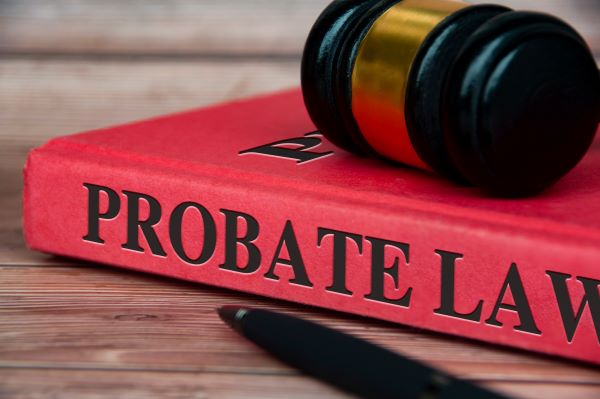If you’re trying to figure out how to probate a will in Texas wikihow style, you’re probably dealing with something personal, emotional, and overwhelming all at once. Probate isn’t just a word you read in legal novels or hear in movies—it’s a real process that families across Texas face every day. But here’s the thing: probate doesn’t have to feel like a tangled mess of courtrooms and Latin phrases. It can be broken down into clear, manageable steps you can follow—even if you’re not a lawyer.
This article gives you just that: a practical, easy-to-follow guide, just like something you’d find on WikiHow, but tailored to Texas law and filled with real-life insight. Whether you’re the named executor, a surviving family member, or someone navigating this process for the first time, this guide will help you understand what to do, when to do it, and how to avoid common traps.

Step 1: Understand What Probate Actually Means in Texas
Before you dive in, let’s define what probate is. In Texas, probate is the legal process of proving that a will is valid and ensuring that a deceased person’s assets are distributed according to that will. Think of it as the court’s way of officially confirming what the deceased person wanted.
Probate involves filing paperwork, notifying heirs, handling debts, and ultimately transferring property. But here’s where it gets very Texas-specific: Texas probate is considered one of the more straightforward systems in the U.S.—if you know how to approach it.
And that’s exactly why this step-by-step guide on how to probate a will in Texas wikihow style exists: to walk you through the process without drowning in confusion.
Step 2: Check if Probate is Even Necessary
Not every estate has to go through probate in Texas. This is one of the first things you’ll want to figure out. Sometimes, families can skip probate altogether—saving time, money, and stress. If the estate qualifies for a small estate affidavit or all the assets transfer outside of probate, court involvement might be minimal. That’s why taking inventory early and reviewing how property is titled can make a huge difference in the probate path ahead.
When Probate Might Not Be Required:
- The deceased had very few assets
- All property was jointly owned with right of survivorship
- Beneficiaries are named on financial accounts (like life insurance or retirement plans)
- The estate qualifies for a Small Estate Affidavit (under $75,000 excluding homestead)
If most of the estate transfers outside of probate, you may only need minimal court involvement. But if there are assets solely in the deceased’s name, then yes, you’re probably heading to probate court.
Step 3: Locate the Original Will
Before you can do anything official, you need the will itself. Not a photocopy. Not an email attachment. You need the original, signed version.
Often, the will is stored:
- In a safe or locked cabinet
- With the deceased’s attorney
- In a bank safe deposit box
- With a trusted family member
If no will can be found, Texas treats the situation as anintestate estate—which means assets get distributed according to state law, not family wishes. That changes the process entirely, so finding the will is crucial in how to probate a will in Texas wikihow style.
Step 4: File the Will and Application for Probate
Now it’s time to head toprobate court. You’ll do this in the county where the deceased resided at the time of their death.
Here’s what you’ll need to do:
- File the original will
- Submit an Application for Probate
- Pay a filing fee (varies by county, usually $300–$400)
- Set a hearing date

The court will post notice of the probate filing—this gives creditors and other interested parties a chance to come forward if they have any objections.
Sound intimidating? It’s paperwork-heavy, yes. But with proper planning, it’s one of the most straightforward parts of how to probate a will in Texas wikihow fashion.
Step 5: Attend the Probate Hearing
After filing, the court sets a hearing. This usually happens two weeks or more after the application is filed, giving time for public notice.
At the hearing, the judge will:
- Verify the will is valid
- Confirm the applicant is the right person to serve as executor
- Issue Letters Testamentary (legal documents that allow the executor to manage the estate)
Pro tip: Bring copies of everything. Judges appreciate organization, and being prepared helps move things along smoothly.
Step 6: Notify Beneficiaries and Creditors
Once you’re officially appointed as executor, your next task is to let everyone know what’s happening.
You’ll need to:
- Notify all named beneficiaries in writing
- Send legal notice to secured creditors (mortgage lenders, etc.)
- Publish a Notice to Creditors in a local newspaper (this gives unsecured creditors a chance to file claims)
This step is where a lot of people get overwhelmed, but take it one person at a time. Keep records of everything. If you ever wonder how to stay on top of how to probate a will in Texas wikihow style, communication and documentation are your best friends.
Step 7: Inventory the Estate
Here comes the detective work. You’ll need to create a comprehensive inventory of all the deceased’s assets. Think bank accounts, real estate, vehicles, investments, heirlooms, and even debts.
You’ll submit this to the court using either:
- A Detailed Inventory, Appraisement, and List of Claims, or
- A Simplified Affidavit in Lieu of Inventory (used if all beneficiaries waive their right to see the full inventory)
Real-life example: After his father passed away, Luis discovered that several retirement accounts were not listed in the will—but did have named beneficiaries. Those skipped probate entirely, which made his job easier. Keeping track of what passes through probate (and what doesn’t) is key to succeeding with how to probate a will in Texas wikihow guidelines.
Step 8: Manage Debts and Claims
Before distributing anything to heirs, the estate must pay its debts. This includes:
- Funeral costs
- Medical bills
- Taxes
- Credit card balances
- Mortgage payments
Some claims get priority over others. If the estate doesn’t have enough assets to pay everything, the court decides the order of payment.
Avoid mistakes here. Mismanaging debts can put you, the executor, in legal jeopardy. Don’t guess—ask the court or a probate attorney if you’re unsure.
Step 9: Distribute the Remaining Assets
After the court signs off on debts, you can finally distribute what’s left to the beneficiaries named in the will. This includes transferring deeds, re-titling vehicles, closing bank accounts, and physically giving out any items listed.
Each heir should sign a Receipt and Release, confirming they got their share. This protects you from future disputes or claims.
This is one of the most rewarding parts of how to probate a will in Texas wikihow process. You’re carrying out someone’s final wishes. It’s meaningful—and when done right, it provides closure for everyone involved.

Step 10: Close the Estate
You’re not done until the court says you’re done. To officially close the estate, you may need to:
- File a Final Accounting with the court
- Submit receipts and releases from beneficiaries
- Request a court order closing the probate case
Once the judge approves, your job as executor is over. No more liability. No more paperwork. Just peace of mind.
Common Pitfalls in Texas Probate (And How to Avoid Them)
Even in a “simple” probate, mistakes happen. Avoid these:
- Waiting too long to file: Texas law requires wills to be filed within four years of death
- Failing to notify creditors properly: This can lead to lawsuits
- Distributing assets too early: Never do this before debts are handled
- Losing documentation: Always keep copies of notices, payments, and filings
If you hit a snag, don’t panic. Probate courts often allow time to fix procedural issues—as long as you’re acting in good faith.
Do You Need a Lawyer to Probate a Will in Texas?
Technically? No. Practically? Often, yes.
If the estate is small, straightforward, and uncontested, many families handle probate without hiring an attorney. However, legal guidance becomes crucial when:
- The will is unclear or contested
- Creditors are aggressive
- Real estate is involved
- The estate is large or complex
Think of a lawyer as a guide—not a necessity, but incredibly helpful in unfamiliar territory. Especially if you’re focused on doing things the how to probate a will in Texas wikihow way: efficiently, carefully, and with confidence.

Final Thoughts: Probate Doesn’t Have to Be a Legal Maze
By now, you should feel more confident in understanding how to probate a will in Texas wikihow style. The process may seem intimidating at first, but broken down step-by-step, it’s something that many families can manage—especially when armed with the right knowledge and attitude. Taking the time to understand each stage upfront can prevent costly delays and unnecessary court issues.
If you’re the executor, take your role seriously. Be thorough. Stay organized. Don’t be afraid to ask for help. Remember, probate isn’t just about laws and paperwork—it’s about honoring someone’s legacy. With patience and preparation, you can guide the estate through this process with clarity and compassion.








